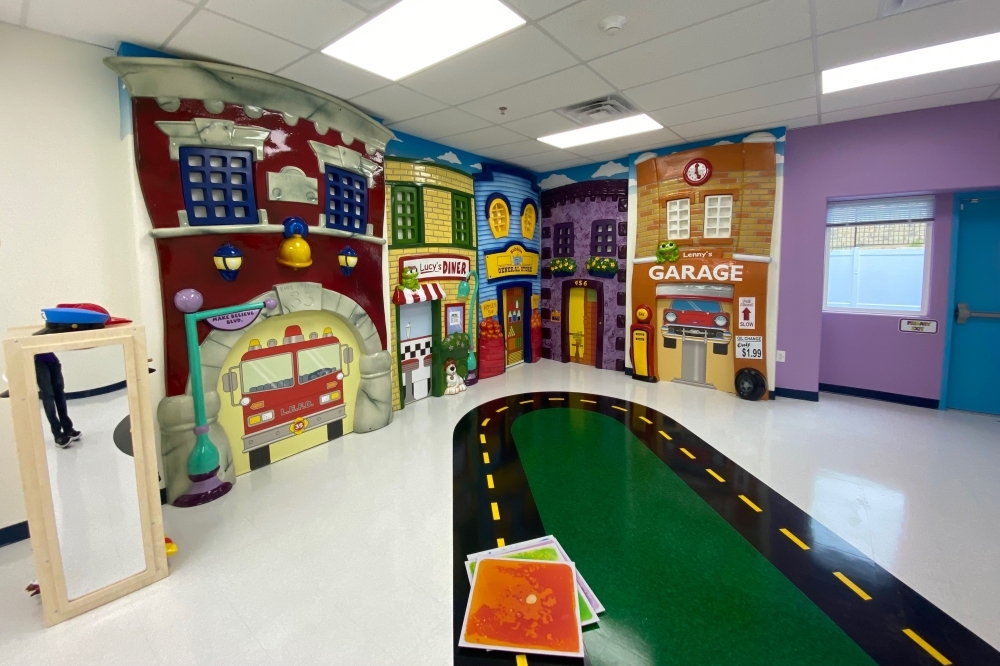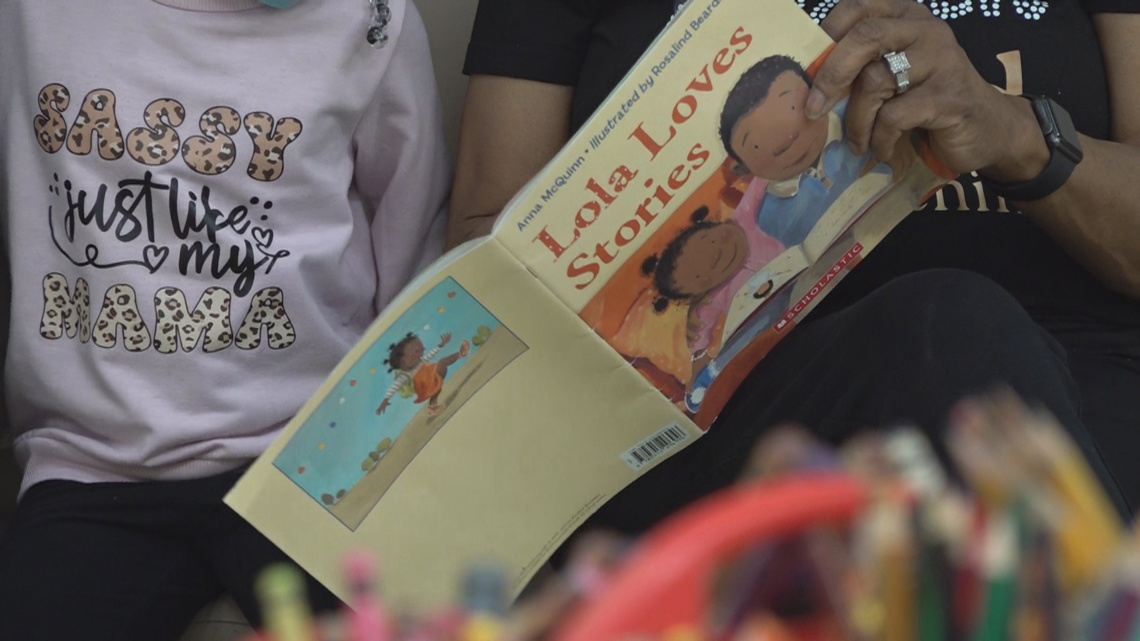
The Value of Intergenerational Connections: Inside The Pillars Child Care’s Unique Program
The Pillars Child Care in Prospect Park, Minnesota, is setting an inspiring example of how intergenerational connections can create a nurturing environment for both young children and senior residents. This innovative program not only provides love and support for infants and preschoolers but also enhances the quality of life for older Minnesotans. As society grapples with issues of loneliness and disconnection, The Pillars offers a refreshing solution that bridges generational divides and fosters mutual enrichment.
A Dynamic Learning Environment
At The Pillars, a wide range of structured activities, including music, yoga, and science classes, form the foundation of the weekly schedule. One delightful aspect of this program is the involvement of the “grandfriends,” who come from the senior living facility situated on the same grounds. Twice a week, these older adults volunteer their time, engaging with the children in meaningful ways. For four-year-old preschooler Marais Hendrickson, the presence of grandfriends is an easy and comforting truth: “Grandfriends are upstairs, and sometimes some live downstairs.”
The arrangement is much more than just a coincidence of location; it’s a deliberate design aimed at creating a vibrant ecosystem of learning and care. Numerous studies indicate that these intergenerational ties can significantly combat social isolation and loneliness among seniors, thereby improving their overall health and well-being.
Marie Abear, the assistant director of child care at The Pillars, emphasizes the unique benefits of this setup: “Every person and every generation has a different way of learning and teaching, and I think bringing the elder generation to the younger generations just brings a whole other model of learning.” This collaboration fosters communication skills and emotional intelligence among children as they interact with individuals from a different stage of life.
Building Bonds Through Play and Interaction
On a recent visit to The Pillars, the atmosphere was alive with laughter and music. Preschoolers greeted their grandfriends with high-fives and enthusiastic smiles. Five-year-old Josh Michel captured the essence of their interactions, saying, “They’re really nice to you. They’re at music sometimes, and they kind of listen to the music teacher.”
Research conducted by experts like Ka Ip, an assistant professor at the University of Minnesota Institute of Child Development, shows that children benefit just as much from these relationships. “It’s not really just reducing the loneliness of the older citizens,” she notes, “but also I think it’s actually a good way to improve social skills, self-regulation, perspective-taking, and empathy.” Through these dynamics, both age groups bolster their well-being and understanding of one another.
One teacher at The Pillars, Sammatha Vang, has witnessed her own children develop a strong sense of community and connection due to these interactions. “Every time we go out to the grocery store or something, they’re like, ‘Oh, Mom, look, there’s a grandfriend,’” she says, adding that it fosters awareness and acceptance among her kids, removing any fear or misunderstanding about aging and disability.
Empowerment and Purpose for Seniors
For many of the senior volunteers, this intergenerational connection provides a renewed sense of purpose. At 79, Barb Thomasson, a retired social worker turned preschool teacher, shares how deeply the children impact her life. “This was one of the reasons that we moved here, was because there was the child care,” she explains, highlighting how engagement with young children keeps her invigorated.
Launa Ellison, another grandfriend, finds joy in reading to the kids. “I was just so sad because teaching made my life better. So here I get to read stories and make everybody’s life better,” she reflects, emphasizing how crucial such programs are for the well-being of seniors.
Parents like Paige Anderson, whose son Gus has been a part of The Pillars since he was 11 weeks old, hail the comprehensive community aspect of the program. Anderson notes how the program instills confidence in their children while providing playful interactions with their older counterparts, enriching the kids’ emotional and social development.
Conclusion: A Model for the Future
As more communities explore innovative ways to foster connections across generations, The Pillars Child Care stands as a shining example of what’s possible. The intergenerational care model not only combats loneliness among seniors but also serves as an invaluable resource for young children as they learn the importance of empathy, respect, and community.
In a world that often isolates elders from the younger generation, programs like this remind us that age is just a number. Through shared experiences, play, and interaction, both children and seniors can lead richer, more fulfilling lives together. The Pillars Child Care is not just about caregiving; it is about building a community that nurtures every generation.


